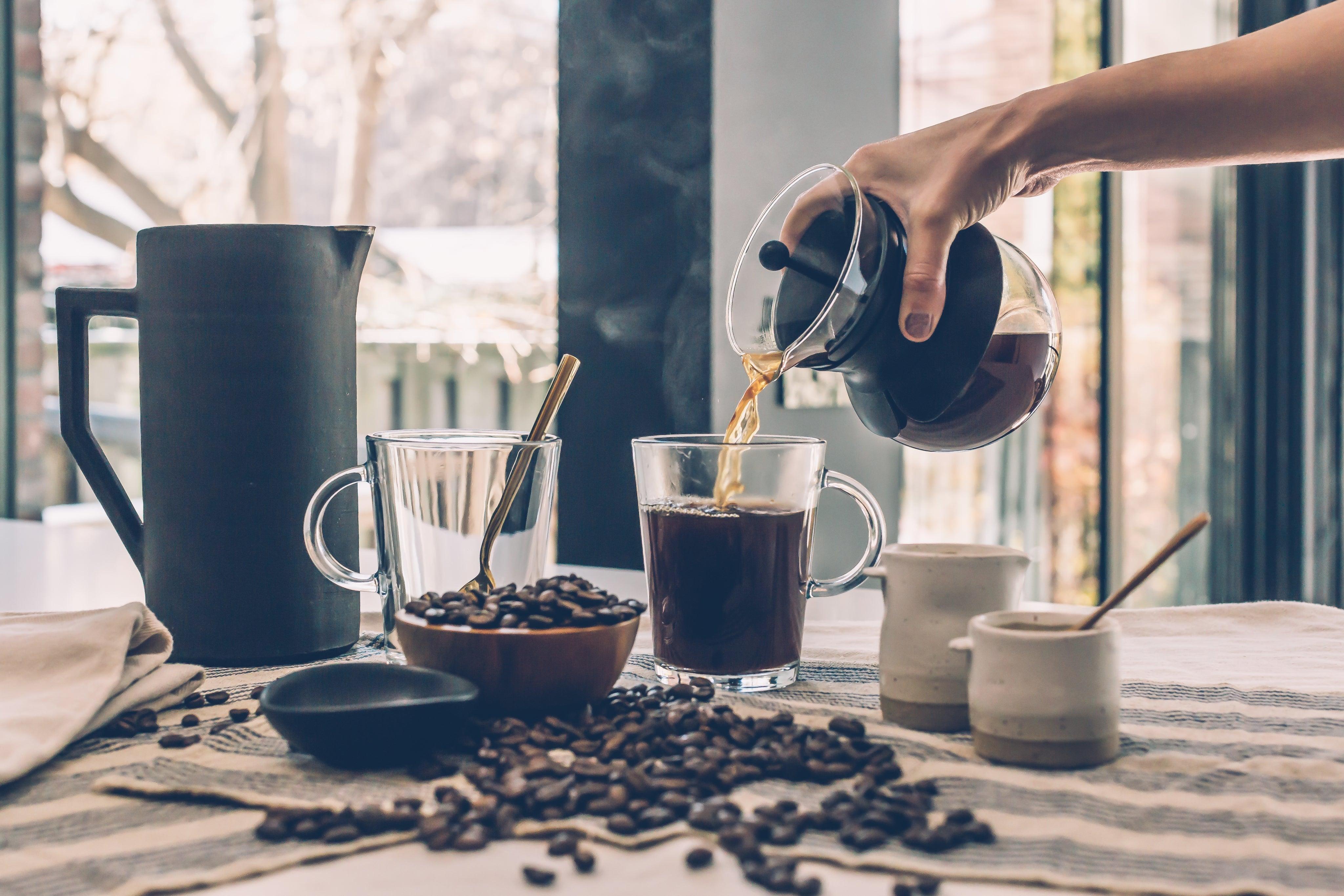
Homemade coffee: The most common types
What's the first thing you reach for when you wake up in the morning? Many of us turn to coffee first thing in the morning. The morning cup of coffee is more than a necessity - it's a pleasure.
That's why coffee lovers are always looking for ways to make their daily cups enjoyable. If you're interested in brewing your coffee at home, you should look into these types.
Espresso
This is a very strong type of coffee, which is made by forcing hot water through tightly packed ground coffee. Espresso uses high pressure to push more water through than a drip machine could, resulting in a concentrated liquid with a very intense flavor.
The fancy name for espresso is ristretto. Espresso is typically served in 1-ounce servings. These double-walled cups are perfect for espresso.
You don't need an expensive machine to make espresso. Almost any pod-based espresso maker can create rich espresso right at home. It's easier and cheaper than making your cup of French press.
Here's a guide to help you make the perfect espresso at home.

Cappuccino
Cappuccino is an Italian coffee drink that is traditionally made with espresso, steamed milk, and foam. It can also be made with an espresso machine or stovetop espresso maker. The milk is steamed until it is frothy and then added to the espresso. A layer of foam on top gives the cappuccino its signature look. Cappuccinos are usually served in a small cup or mug and can be flavored with syrups or spices.
There is nothing like a cappuccino to replace a cup of tea. Check this guide on how to make cappuccino at home.
Cold brew
Prepare a cold brew on your own by filling a pitcher with water and ground coffee beans. Then, stir in enough grounds to float to the top (approximately 1/2 cup). Let it steep overnight or for up to 36 hours. After it's ready, strain out the grounds through a cheesecloth or fine-mesh strainer into another container. Add your favorite sweetener and milk. The caffeine stays intact, and because there are no scalding hot temperatures involved, it retains its flavor longer than traditional brewing methods do.
You can also use cold brew as an ice cube tray: Simply pour some over ice and enjoy a naturally sweet iced coffee drink!
This short and simple tutorial will help you make the perfect cold brew at home.
Pour-over
Pour-over brewing involves pouring hot water over coffee grounds contained in a filter. The water then drips through the grounds and into a coffee pot or carafe below. Pour-over brewing results in a cleaner tasting cup of coffee than some other methods. It is also a more hands-on brewing method, which many coffee enthusiasts prefer.
If you're interested in trying pour-over coffee, you'll need a few things: a filter, freshly ground coffee, hot water, and a pour-over device. Start by placing a paper filter in your cone. Then, add your ground coffee on top, followed by hot water. As it drips through, use a timer to keep track so that you pour over evenly and don't end up with excess grounds or an uneven flavor profile.
This article has detailed instructions on making pour-over coffee at home.
Latte
Make your guests a latte when you want to impress them. The trick to making the perfect latte is to pay attention while steaming milk: create micro-foam that's thick enough to hold a good amount of espresso-infused milk but thin enough to be still drinkable. You could try adding some caramel or hazelnut syrup to give it a little extra kick. You could also learn to make latte art. That takes some practice, though.
Thankfully, plenty of videos and guides will teach you how to make a latte at home.
Mocha
There's some disagreement about spelling it—is it mochaccino or mochaccino? Who knows? But one thing is for sure: Mocha is a town in Yemen, and chocolate comes from there.
Adding some chocolate to your morning cup (or espresso) takes things to a whole new level. Try dunking biscotti, adding the chocolate powder to your favorite espresso blend, or dusting your latte with cocoa powder! If you like dark chocolate, add it directly to your brewed coffee; if you prefer milk chocolate, use hot milk instead of water when brewing.
You will find all the information you need to make delicious mocha coffee at home in this article.
Conclusion
If you want to try something new, save some money, or get a taste of something new with your family or friends, then homebrewing may be an option worth considering. Brewing coffee at home has many benefits. It is cheaper than buying coffee at a cafe, and you can control the strength and flavor of your coffee. Brewing your coffee also allows you to experiment with different bean varieties and brewing methods.
Another benefit of brewing coffee at home is that you can be sure that your coffee is fresh. Coffee beans start to lose their flavor after roasting, so brewing your coffee means that you will always have fresh, flavorful coffee.
Finally, brewing coffee at home is a great way to relax and enjoy the process. We hope you will learn how to make different types of coffee at home by reading this series of articles.
Happy brewing!


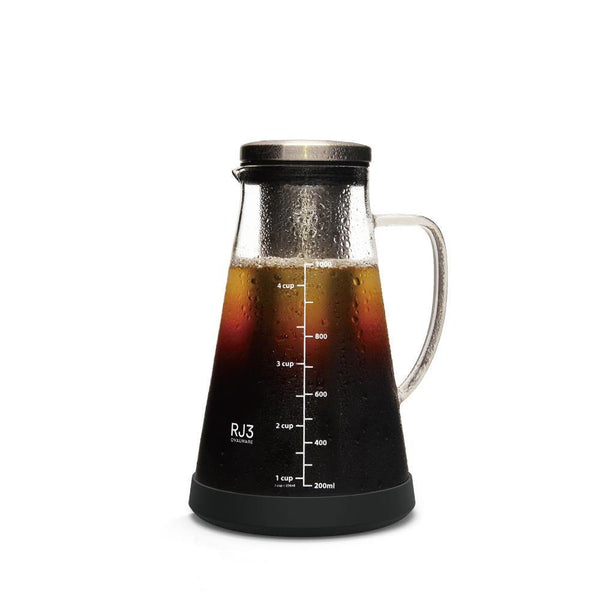
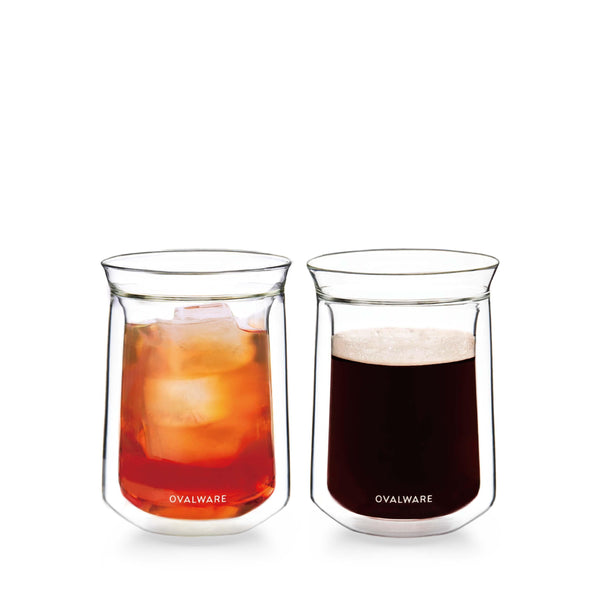
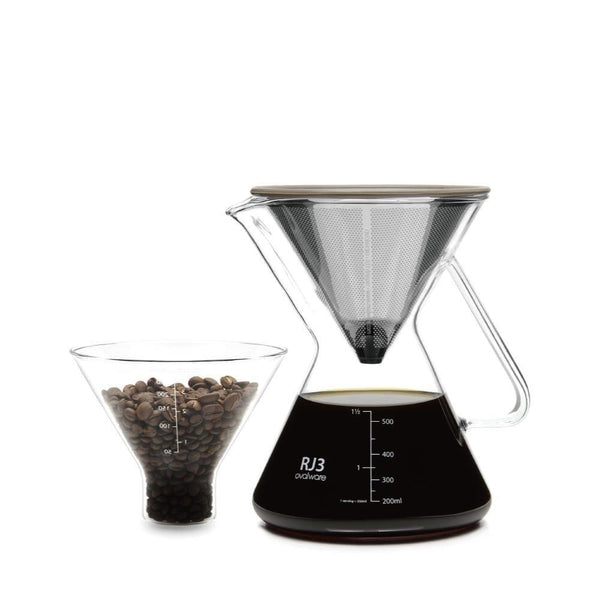
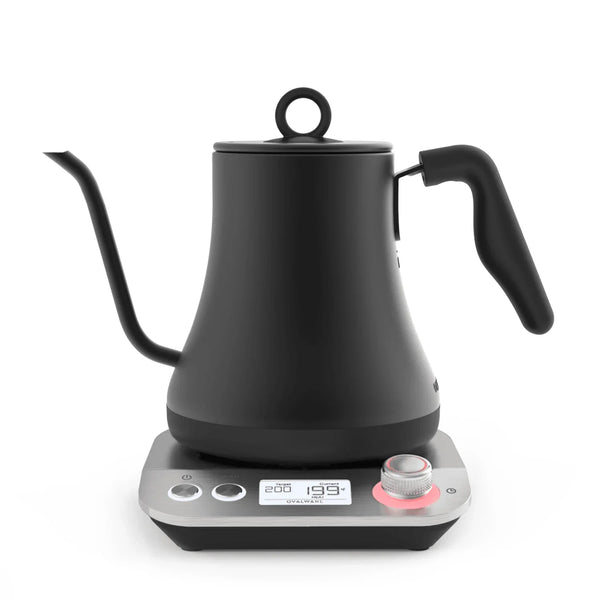
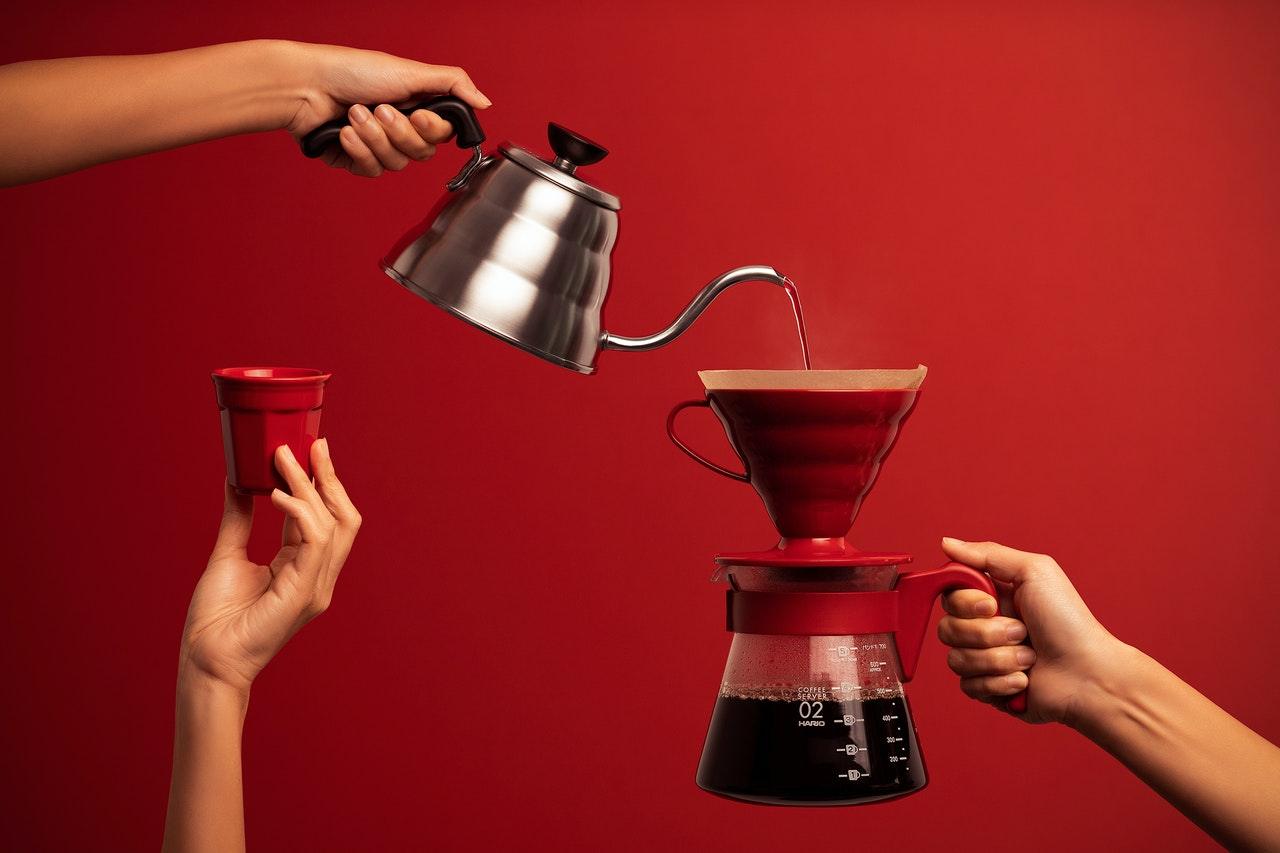
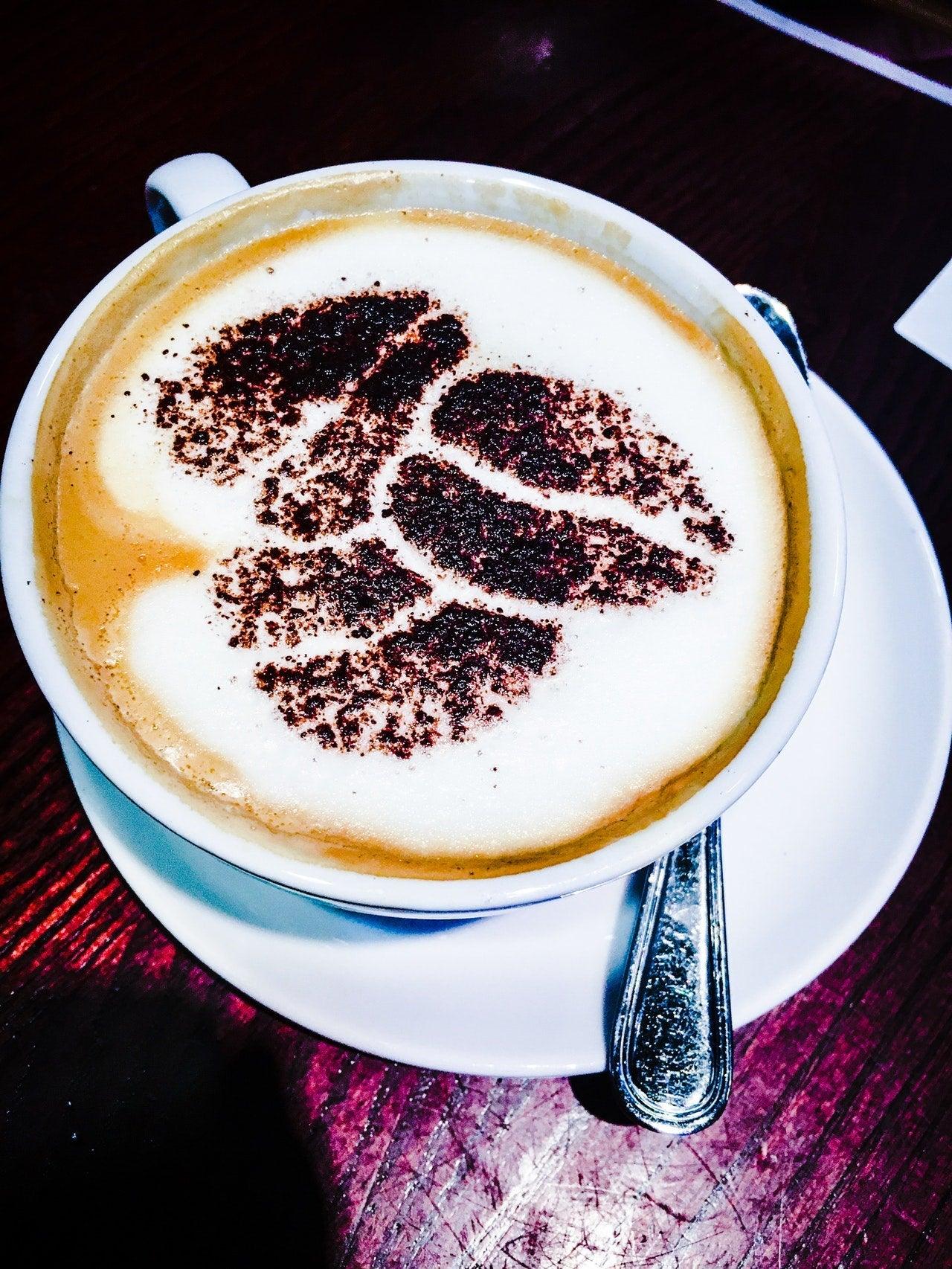
Leave a comment
This site is protected by hCaptcha and the hCaptcha Privacy Policy and Terms of Service apply.